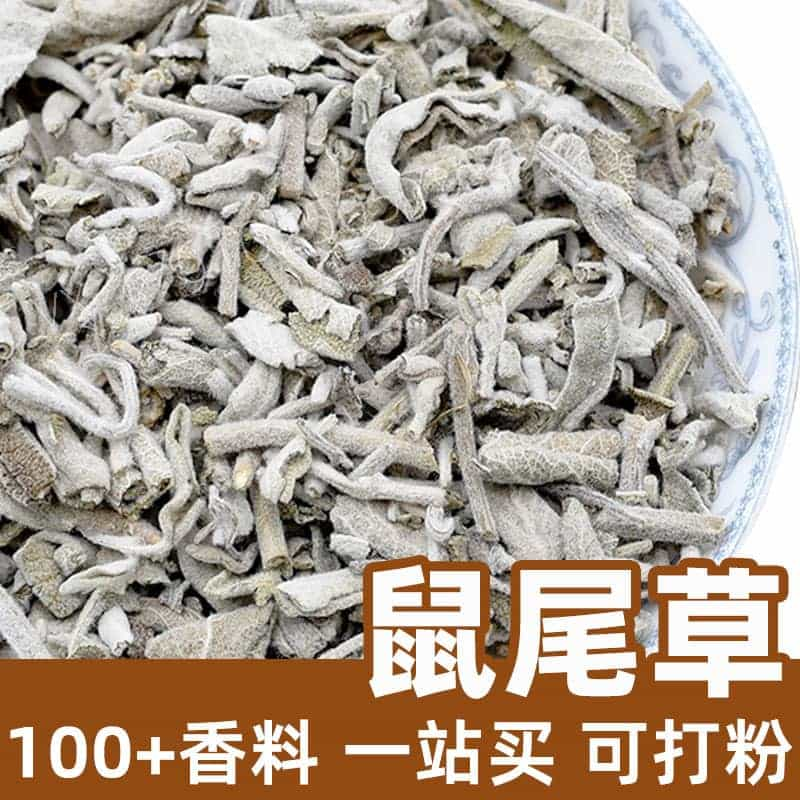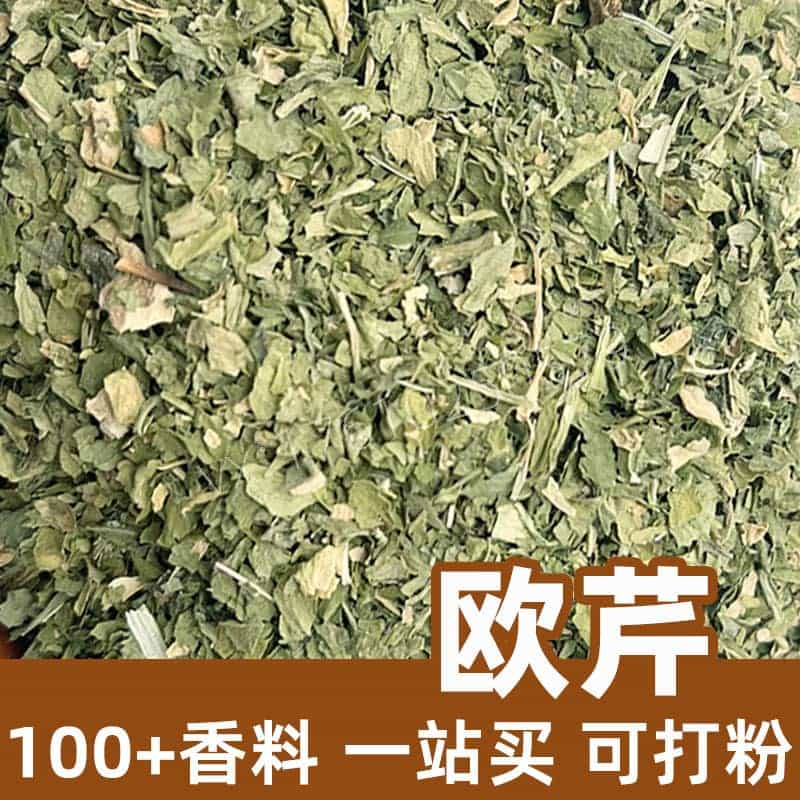Product Introduction
Galangal is a common spice and herbal medicine derived from the tuber of the Alpinia galanga plant. It has a strong aroma and a unique, pungent flavor, making it a popular ingredient in many Asian cuisines. Galangal is also used in herbal teas and medicinal extracts.
The main components of galangal are cellulose, volatile oils, and curcumin. These compounds contribute to its pungent taste and aromatic scent. Galangal is also rich in nutrients such as vitamin C, B vitamins, and minerals, giving it medicinal properties.
Aromatic Chemical Composition
The characteristic aroma of galangal comes from its volatile oils, which include terpenes, phenolic ethers, and ketones. These compounds provide galangal with its distinct fragrance and pungent flavor.
Product Varieties
Galangal is primarily available in tuber form, with a firm, onion-white appearance. Depending on its use and processing, galangal can be categorized into fresh, dried, or powdered forms.
- Fresh galangal: Unprocessed, fresh galangal tubers, commonly used in cooking.
- Dried galangal: Sun-dried galangal tubers, offering a more concentrated flavor and aroma, often used in herbal teas and medicinal extracts.
- Powdered galangal: Ground dried galangal, convenient for seasoning and making spice blends.
Applications and Usage
Galangal is widely used in various culinary and medicinal applications, especially in Asian cuisine.
- Cooking: Galangal can be used in stir-fries, soups, stews, and marinades to add a unique flavor and aroma. The amount used depends on personal preference and the specific dish.
- Herbal Teas: Dried galangal can be brewed into tea to aid digestion and alleviate stomach discomfort.
- Medicinal Extracts: Galangal is used in traditional medicine for its warming and pain-relieving properties.
Plant Information, Distribution, and Growing Environment
Galangal (Alpinia galanga) is a perennial herb native to Southeast Asia. It thrives in warm, humid climates and prefers rich, organic soil. Galangal plants can grow up to 2-3 meters tall and have arrow-shaped leaves and white or light pink flowers.
Harvesting, Processing, and Storage
Galangal tubers are typically harvested after about a year of growth. The harvested tubers are cleaned, dried, and sometimes processed into powder or other forms. To maintain its quality, galangal should be stored in a cool, dry place away from direct sunlight.
Monica Sun is a seasoned expert in the natural raw materials industry, with over a decade of experience specializing in traditional Chinese medicinal herbs, spices, and fungi. She is skilled in the sourcing, processing, and application of these materials, emphasizing sustainability and innovation. Monica Sun has contributed to the development of high-quality natural raw materials that serve as essential components in functional foods, pharmaceuticals, and cosmetics, delivering tailored solutions to meet diverse market needs.

.jpg?orientation=landscape&width=800&height=800)







.jpg)


.jpg)


